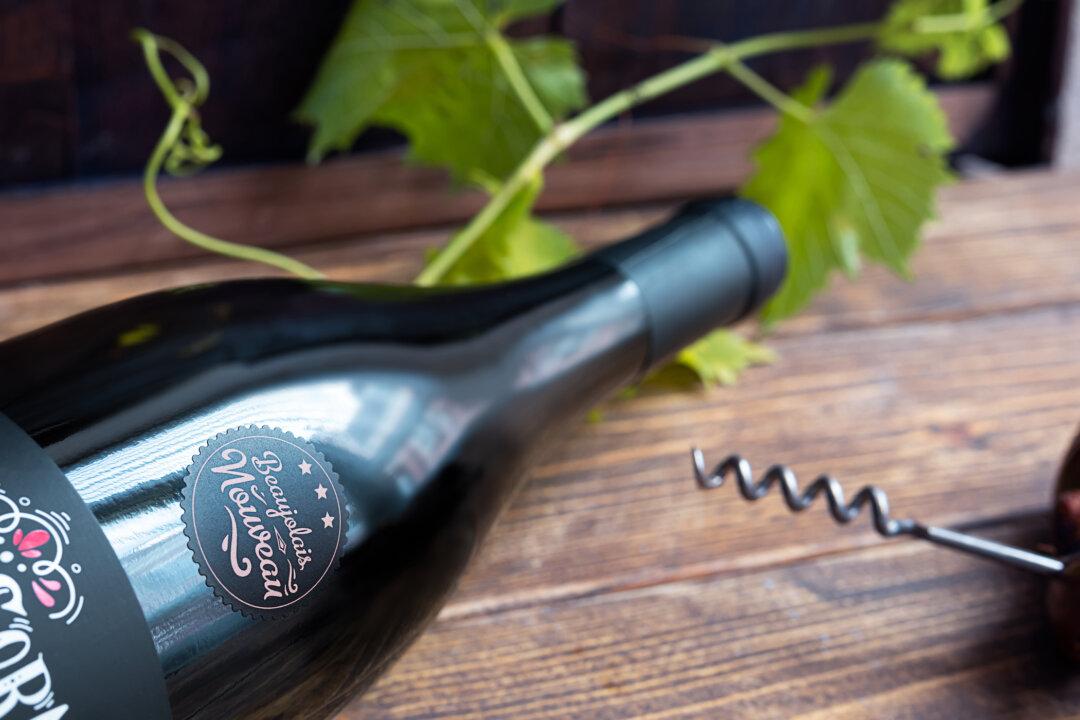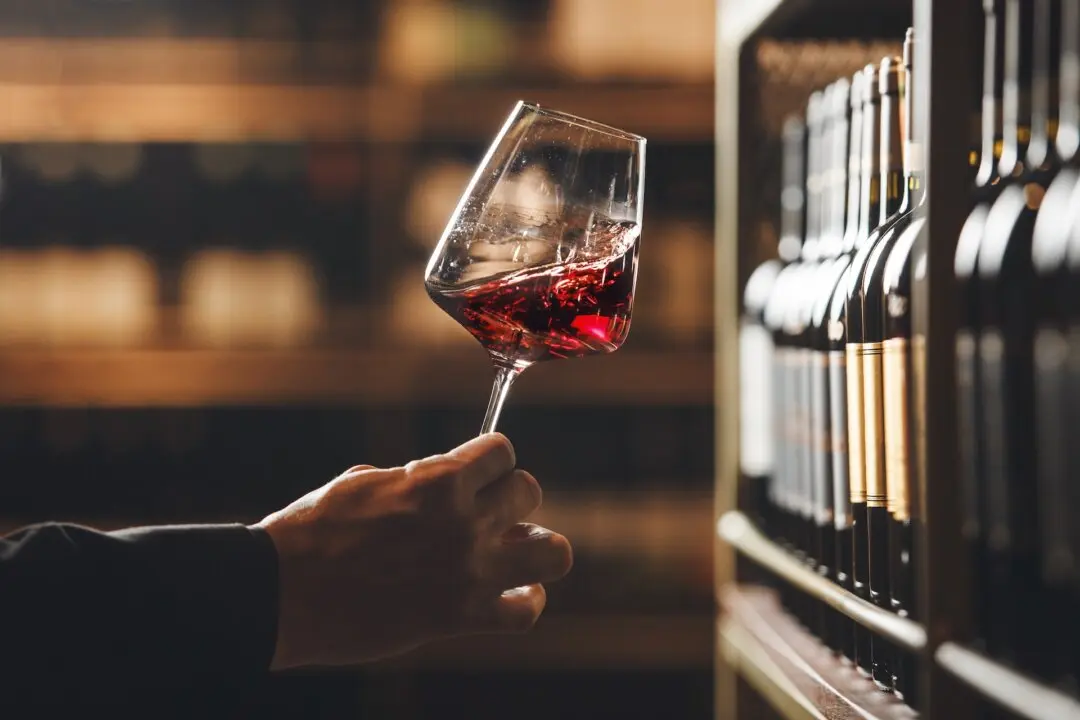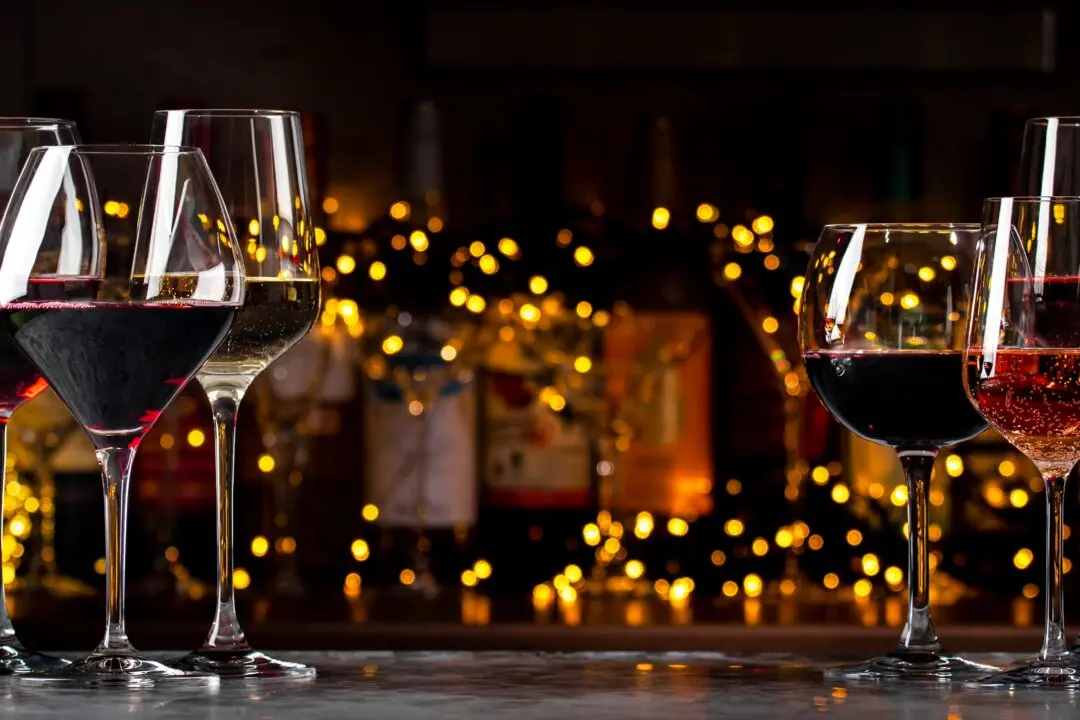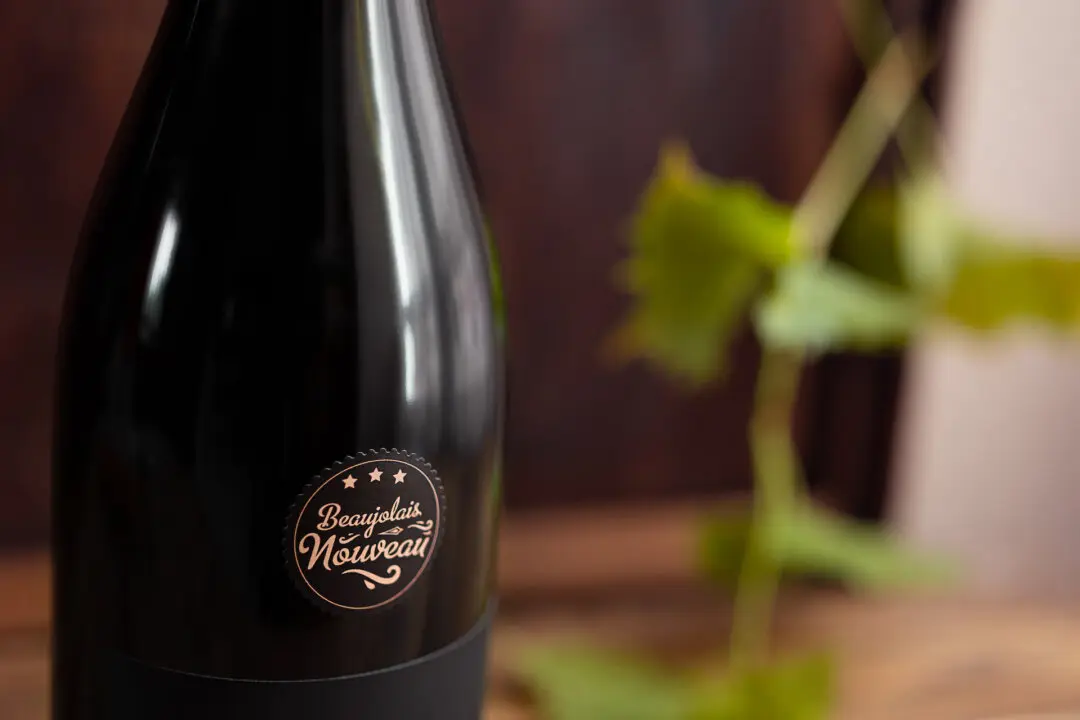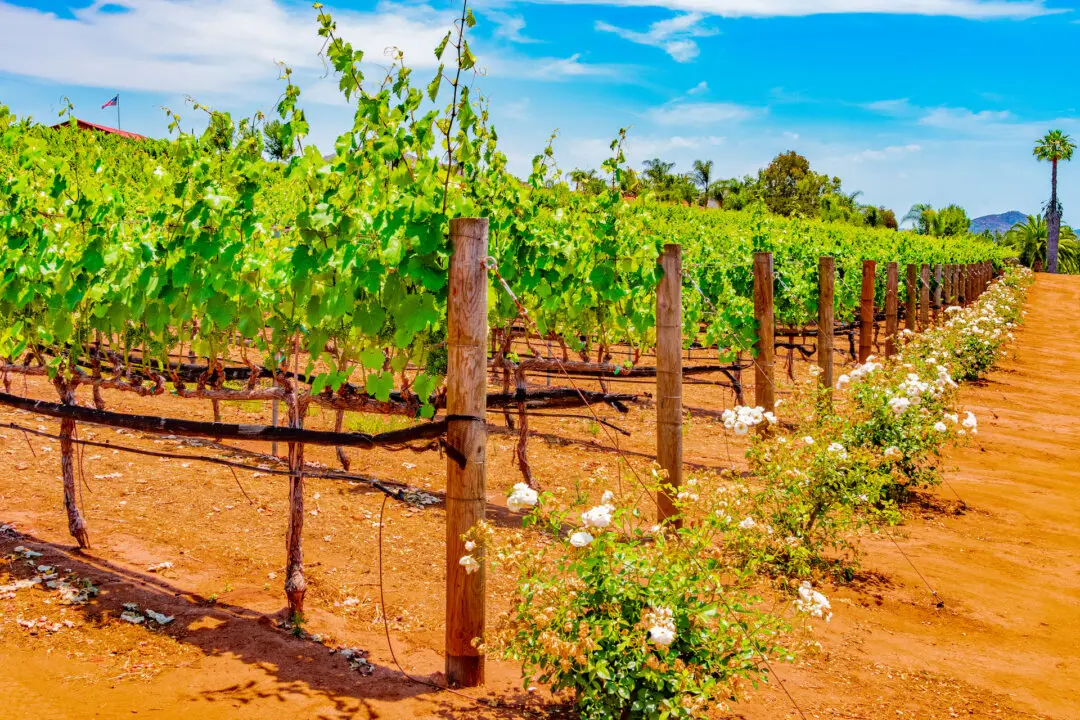Decades ago, if you said “Beaujolais nouveau” in a crowded theater, you might create a panic: Half the people would be rushing to get some, while the other half would be running to get away from it.
Beaujolais nouveau, the first wine of the year from a small district in France’s Burgundy, is traditionally the nearest thing to grape juice with alcohol. It arrives in late November and is best when it’s all gone before New Year’s Eve.

